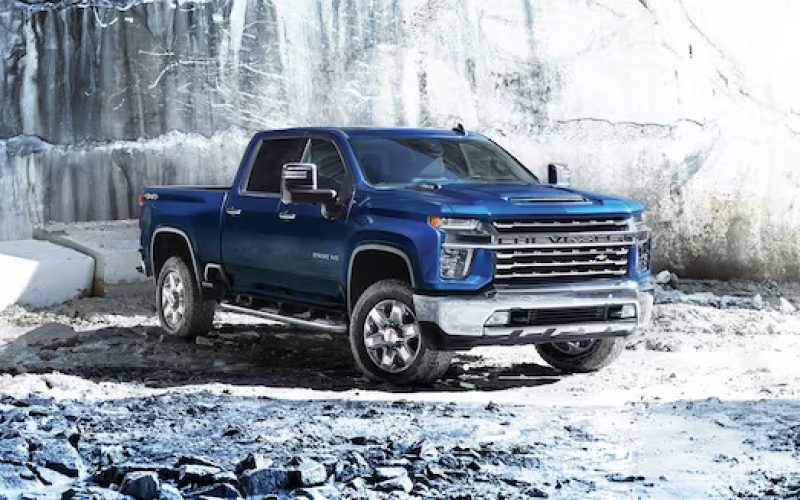
Reading Time: 4 minutesWelcome to a deep-dive into the much-anticipated 2024 Chevrolet Silverado, a vehicle that brings together heritage
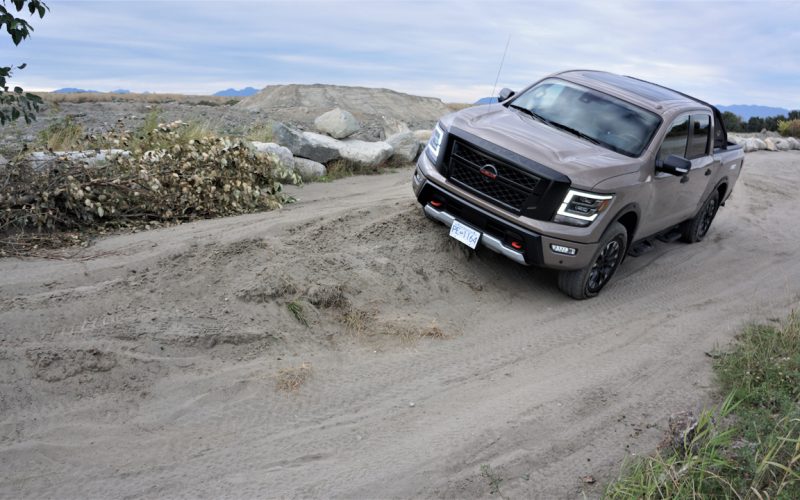
Reading Time: 9 minutesIt’s true, Nissan is walking away from the full-size pickup truck segment in Canada. The Titan
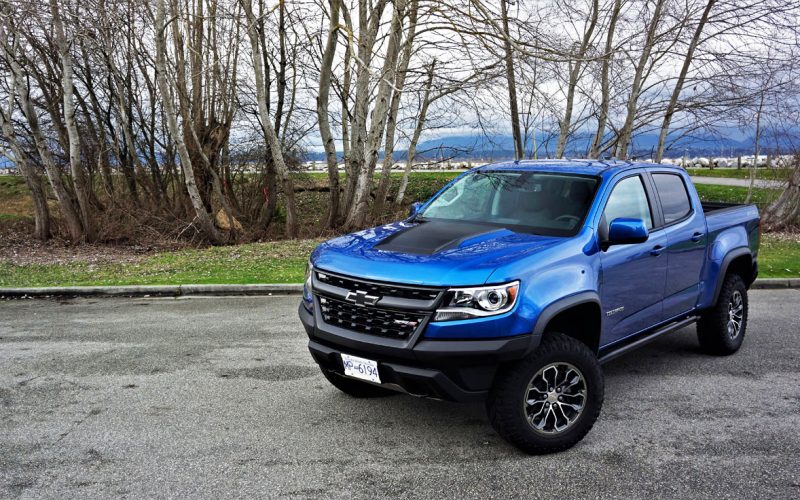
Reading Time: 17 minutesThis is one badass truck. Chevy got the proportions perfect, and along with the Colorado ZR2’s
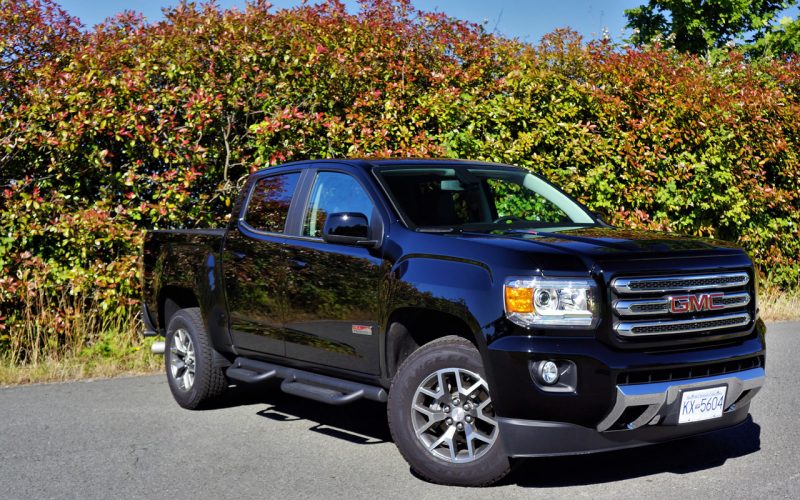
Reading Time: 12 minutesThanks to General Motors, the mid-size pickup truck market is once again starting to heat up.
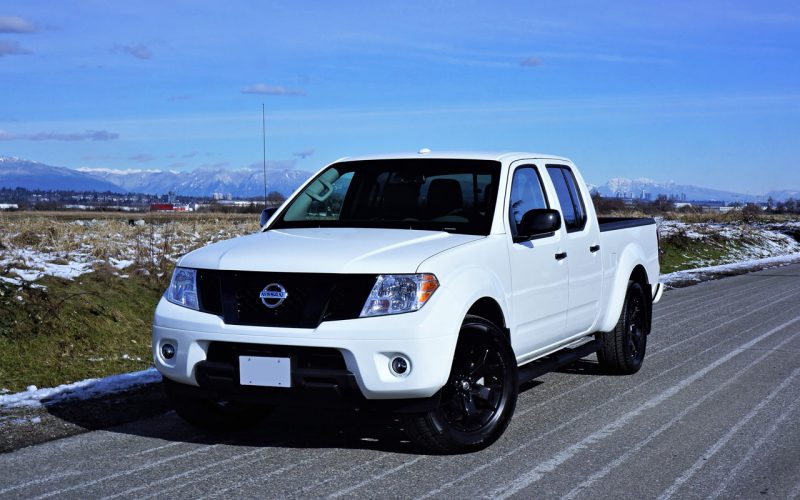
Reading Time: 13 minutesNissan makes one of the more stylish, technologically advanced, and all around modern mid-size pickup trucks
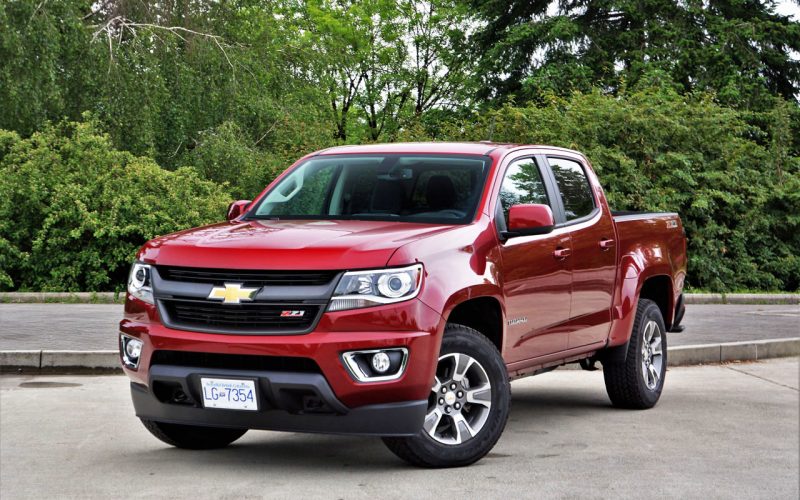
Reading Time: 7 minutesJust how competitive are GM’s new Chevrolet Colorado and GMC Canyon mid-size pickup trucks on the
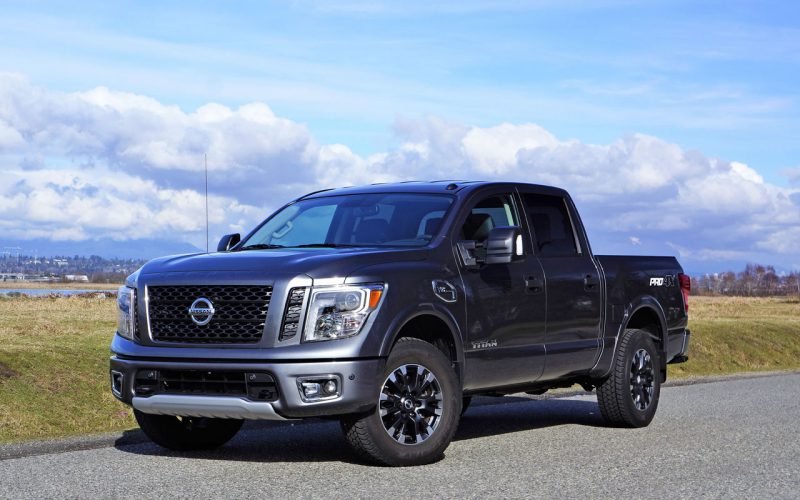
Reading Time: 6 minutesStories about unprecedented pickup truck sales growth aren’t fully founded in reality, as shown by 2016
© 2025 The Car Magazine. All Rights Reserved, Privacy Policy | Terms of Use